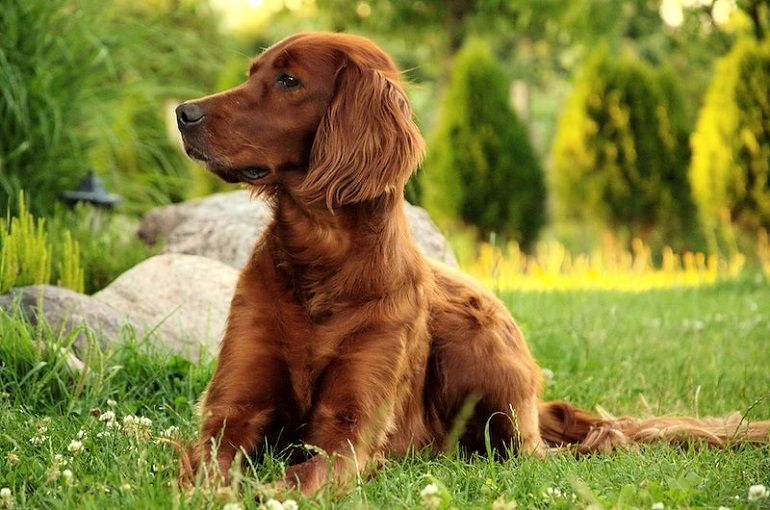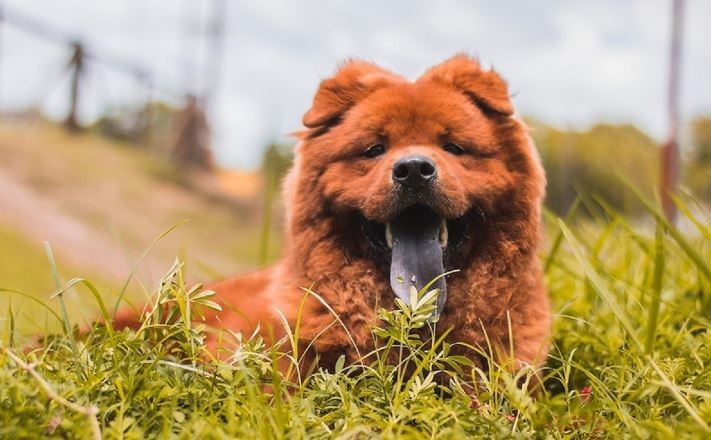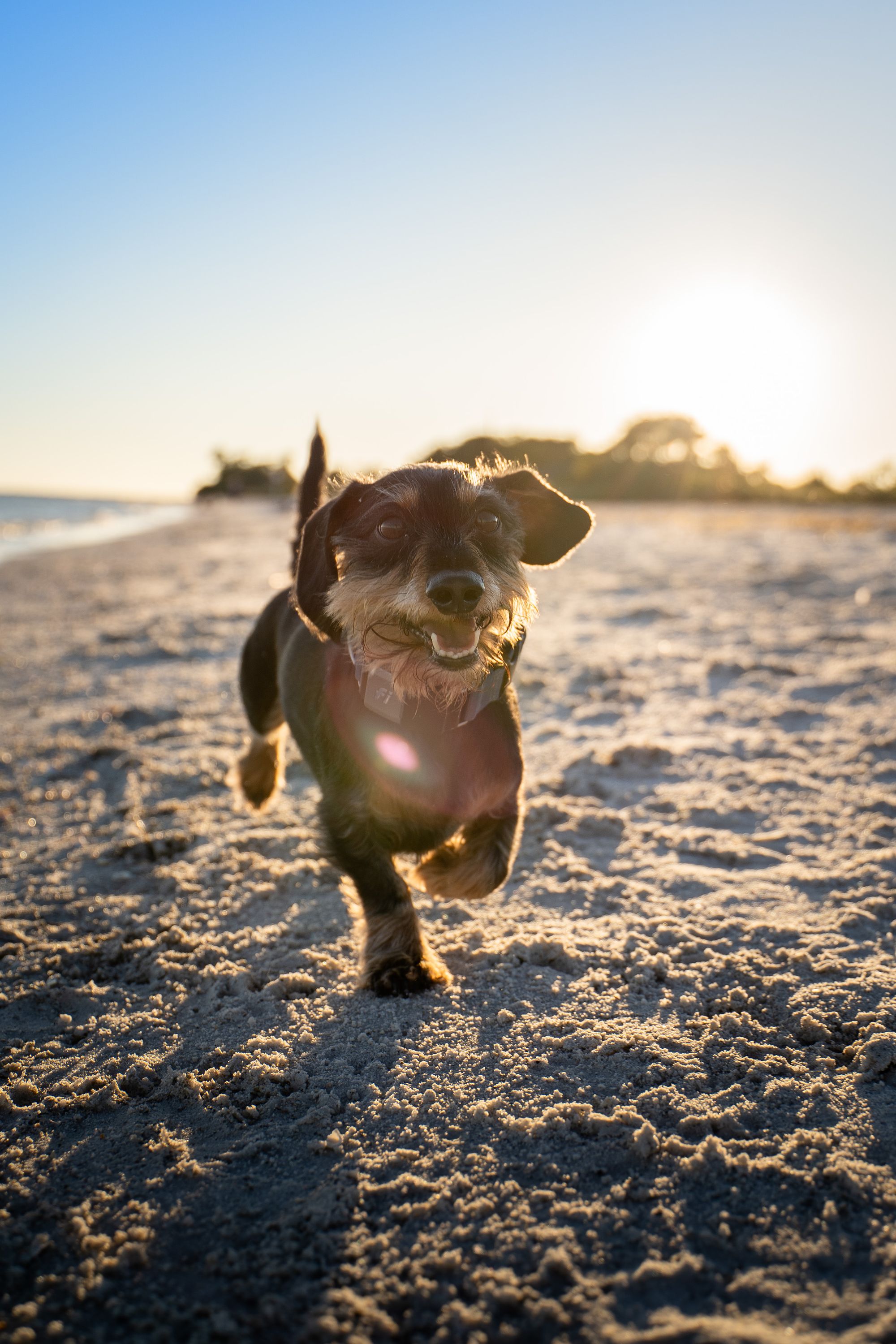When it comes to our beloved canine companions, it's natural to wonder about their growth and development. One common question that dog owners often ask is, "When do dogs stop growing?" Understanding the growth stages of dogs and the factors that impact their growth can provide valuable insights into this topic. Dogs go through several distinct growth stages, starting from the neonatal stage as puppies and progressing into adulthood. The neonatal stage, which lasts from birth to around two weeks old, is characterized by rapid growth and development.
Afterward, puppies enter the puppyhood stage, during which their growth continues at a steady pace until they reach their full adult size. Various factors influence the growth of dogs, including their breed, genetics, nutrition, and exercise routine. Different breeds have different growth rates and stop growing at different times. Small breed dogs typically reach their full size earlier than medium, large, and giant breed dogs. To provide more specific information, small breed dogs generally stop growing at around 9 to 12 months of age. Medium-breed dogs usually reach their full size between 12 to 16 months.
Large breed dogs have a more extended growth period, and they typically stop growing between 12 to 18 months. Giant breed dogs have the longest growth period, and they may continue to grow until they are 18 to 24 months old. It's essential to be aware of certain signs that indicate a dog has stopped growing. These signs include a steady weight gain, no significant increase in height or length, and the closure of growth plates. Regular veterinarian check-ups can help determine if a dog has reached their full size and ensure their overall health.
To ensure healthy growth in dogs, it's crucial to provide them with a balanced and nutritious diet, appropriate exercise, and regular vet check-ups. Proper nutrition with the correct balance of protein, fats, and carbohydrates is vital for their growth and development. providing opportunities for exercise and mental stimulation is essential for their overall well-being. By understanding the growth stages, factors affecting growth, and how to promote healthy growth in dogs, you can ensure that your furry friend grows up happy, healthy, and reaching their full potential.
Key takeaway:
- Dogs stop growing at different stages depending on their breed: Small breed dogs typically stop growing around 9-12 months, medium breed dogs around 12-16 months, large breed dogs around 18-24 months, and giant breed dogs around 24-36 months.
- Factors influencing a dog's growth include breed, genetics, nutrition, and exercise: These factors can play a role in the rate at which a dog grows and reaches its full size. Providing appropriate nutrition and exercise can help ensure healthy growth.
- Signs that a dog has stopped growing include reaching its breed's average height and weight, stabilized growth plates, and overall physical maturity. It is important to consult with a veterinarian to determine if a dog has reached its full size.
When Do Dogs Stop Growing?
Dogs typically reach their full adult size, which varies depending on the breed. Small breeds tend to stop growing around 6-8 months, while larger breeds may continue to grow for up to 18-24 months. Factors like genetics, nutrition, and overall health can also influence a dog's growth rate. It is important to consult with a veterinarian to determine when your specific dog is likely to stop growing and to monitor their growth to ensure they are healthy and developing properly. When do dogs stop growing? It varies, so always consult a professional.
Growth Stages of Dogs
Discover the fascinating journey of growth stages in dogs as we delve into the Neonatal Stage and Puppyhood. From their first moments of life through their playful puppy years, we will uncover the incredible transformations and milestones that shape these furry companions. Get ready to dive into the unique experiences and developmental markers during these crucial stages of a dog's life.
Neonatal Stage
During the neonatal stage, which generally lasts from birth to around two weeks old, puppies are entirely reliant on their mother for nourishment and care. Throughout this phase, their eyes and ears remain closed, and they are unable to regulate their body temperature. Puppies in the neonatal stage primarily spend their time sleeping and eating to aid in their rapid growth. It is extremely important to provide a warm and comfortable environment for these young pups. Pro-tip: Ensure that quiet and calm space is provided for the mother and her puppies, as excessive noise and handling can cause distress during this critical neonatal stage.

Puppyhood
Puppyhood is a crucial stage in a dog's growth and development. During this phase, puppies undergo significant physical and behavioral changes. They start opening their eyes and ears, learning to walk and play, and developing social skills. Puppyhood is also the period when they are most receptive to training and bonding with humans and other animals. Proper care during this stage is vital for their overall health and well-being. Provide them with a balanced diet, regular exercise, and plenty of socialization opportunities. Remember, it's important to consult with a veterinarian for advice specific to your puppy's needs.
Pro-tip: Enjoy this adorable phase, but don't forget to start training early to cultivate good habits.
Factors Affecting the Growth of Dogs
When it comes to the growth of dogs, various factors come into play. From breed and genetics to nutrition and exercise, these elements have a significant impact on a dog's development. Understanding how each of these factors contributes to a dog's growth is crucial for pet owners seeking to provide the best care for their furry friends. So, let's delve into the world of canine growth and explore how these different aspects shape our beloved companions.
Breed
Different dog breeds have different growth rates and stop growing at different ages. Here are some breeds and when they generally stop growing:
- Small Breed Dogs: Breeds like Chihuahuas and Toy Poodles usually stop growing at around 10-12 months.
- Medium Breed Dogs: Breeds like Bulldogs and Cocker Spaniels typically stop growing at around 12-18 months.
- Large Breed Dogs: Breeds like Golden Retrievers and German Shepherds usually stop growing at around 18-24 months.
- Giant Breed Dogs: Breeds like Great Danes and Saint Bernards can continue growing until they are 2-3 years old.
Keep in mind that these are just general guidelines and individual dogs within each breed may vary.
Genetics
Genetics plays a crucial role in determining the growth of dogs. Different breeds possess distinct genetic backgrounds, which lead to variations in growth patterns and sizes. While some breeds may reach their full size and stop growing at around one year old, others may continue to grow until they are two years old or even older. Genetic factors also influence the development of muscle mass, bone structure, and overall physique. Understanding the genetic characteristics of their breed is essential for dog owners to provide suitable nutrition, exercise, and veterinary care to ensure the healthy growth and development of their furry companions.
Throughout history, genetics has remained a fundamental aspect of dog breeding for centuries. Breeders have consistently studied and selectively chosen specific genetic traits to produce dogs with desired characteristics and abilities. This knowledge has enabled us to cultivate a wide range of dog breeds with diverse physical and behavioral traits, contributing to the richness and diversity of our beloved canine companions.

Nutrition
| Growth Stage | Nutrients |
|---|---|
| Neonatal Stage | Colostrum, mother's milk |
| Puppyhood | High-quality puppy food with protein, carbohydrates, fats, vitamins, and minerals |
| Adolescence | Protein for muscle development, calcium and phosphorus for strong bones |
| Adult | Complete and balanced adult dog food designed for maintenance |
| Senior | Senior-specific food with joint support and lower calorie content |
When my dog was a puppy, I diligently researched the best nutrition for his growth. I fed him a high-quality puppy food, rich in protein and other essential nutrients. As a result, he grew into a healthy and energetic adult dog with a shiny coat and strong bones. Proper nutrition truly made a difference in his growth and overall well-being.
Exercise
Regular exercise plays a crucial role in the healthy growth and development of dogs. Here are the steps to naturally incorporate exercise into your dog's routine:
- Start with short walks and progressively increase the duration as your dog's stamina improves.
- Engage in interactive play sessions, such as fetch or tug-of-war, to stimulate both physical and mental activity.
- Include activities that challenge your dog's agility and coordination, such as obstacle courses or agility training.
- Provide opportunities for socialization and play with other dogs to promote social development.
- Consider the specific exercise needs of your dog's breed and adjust accordingly.
- Monitor your dog's response to exercise, ensuring they do not become exhausted or stressed.
Remember to consult your veterinarian on the appropriate exercise routine for your dog, considering their age, health status, and specific needs.

When Do Small Breed Dogs Stop Growing?
Small breed dogs typically stop growing between 10 to 12 months of age. The exact timing may vary depending on the specific breed. For example, Chihuahuas tend to reach their full size earlier, around 6 to 8 months old, while Cavaliers can continue growing until they are 14 to 16 months old. When do small breed dogs stop growing is an important question to consider. It is important to note that growth rate and when a dog stops growing are different concepts. Growth rate refers to the speed at which a dog grows, while when they stop growing refers to when they reach their full adult size.
When Do Medium Breed Dogs Stop Growing?
Medium-breed dogs typically stop growing between 12 to 18 months of age. When Do Medium Breed Dogs Stop Growing? This can vary depending on factors such as genetics and nutrition. It is important to provide medium-breed puppies with a balanced diet to support their growth and development during this time. Regular exercise is also essential to ensure proper muscle and bone development. Monitoring their weight and consulting with a veterinarian can help determine if they are growing at a healthy rate. Remember, each dog is unique, and their growth rate may vary slightly.
When Do Large Breed Dogs Stop Growing?
Large breed dogs typically continue to grow until they reach around 1-2 years of age. The exact timeframe can vary depending on the specific breed. For example, Great Danes generally reach their full height by around 18 months, while larger breeds like Saint Bernards may continue growing until they are 2 years old. It's important to monitor the growth of large breed dogs during this period and consult with a veterinarian to ensure they are growing at a healthy rate. Nutrition plays a crucial role in their growth and development. Providing a balanced diet formulated for large breed puppies can support their growth and help prevent skeletal issues in the future.

When Do Giant Breed Dogs Stop Growing?
Giant breed dogs have a longer growing period compared to smaller breeds. On average, they continue to grow until they are 18-24 months old. The exact timing can vary depending on the breed and individual dog. It's important to note that rapid growth can lead to skeletal issues, so it's crucial to provide a balanced diet and monitor their weight. Regular vet check-ups are also essential to ensure healthy growth and development. When Do Giant Breed Dogs Stop Growing?
Signs That a Dog Has Stopped Growing
Several signs that a dog has stopped growing are evident:
- Physical appearance: The dog's body proportions become balanced, and it reaches its full height and weight.
- Development of secondary sexual characteristics: Male dogs may develop a more muscular build and prominent testicles, while female dogs may have visibly swollen mammary glands.
- Behavioral changes: Dogs may become less energetic, calmer, and less prone to destructive behavior.
- Stability in appetite: Once a dog has reached its adult size, its appetite will stabilize, and it won't continue to eat as much as it did during the growth phase.
- Teeth eruption: Adult teeth fully erupt and replace the puppy teeth.
How to Ensure Healthy Growth in Dogs
When it comes to ensuring healthy growth in dogs, it's important to follow these steps:
- One of the key factors is providing a balanced diet that contains essential nutrients. This will help in strengthening their bones and muscles, ensuring their growth is on the right track.
- To prevent overfeeding and excess weight gain, it's crucial to monitor portion sizes carefully. This will maintain their healthy weight and overall well-being.
- Another vital aspect is encouraging regular exercise, which plays a significant role in promoting healthy development and preventing obesity.
- Regular veterinary check-ups are necessary for monitoring their growth and addressing any health concerns that may arise along the way.
- A safe and stimulating environment is also essential in ensuring the overall physical and mental well-being of dogs.
One remarkable example of healthy growth in dogs is Zeus, the Great Dane who holds the Guinness World Record for the tallest dog. Measuring an astonishing 44 inches from paw to shoulder, Zeus' growth can be credited to the right balance of nutrition, regular exercise, and proper veterinary care.

Some Facts About When Do Dogs Stop Growing:
✅ Puppies grow at different rates depending on their breed and size. (Source: Our Team)
✅ Smaller breed dogs tend to grow faster than larger breeds because their bones and joints need more time to develop. (Source: Our Team)
✅ Puppies continue to grow in height and size until their bones are fully developed, which can take anywhere from 6 to 24 months. (Source: Our Team)
✅ Small breed puppies typically stop growing by 6 to 8 months of age, while medium breed puppies may take until around 12 months to reach their adult size. (Source: Our Team)
✅ Larger breed puppies, such as giant breeds, can take up to 18 months or even 24 months to reach their full adult size. (Source: Our Team)
Frequently Asked Questions
- When do dogs stop growing?
- Dogs generally stop growing at around one year old, but this can vary depending on breed, nutrition, health, and gender. Small breeds typically stop growing between 8 to 12 months, while medium breeds stop growing between 12 to 14 months, and large and giant breeds can take up to 24 months or more to reach their full size. Some giants can take up to 3 years to reach their full weight.
- What factors can affect a dog's growth?
- Factors that can affect a dog's growth include breed, genetics, gender, nutrition, and disease. Genetics play a role in determining the approximate numbers for size groups, but outside factors like nutrition and overall health can also impact the growth process. Malnutrition, for example, can potentially lead to slowed growth.
- Do different breeds reach their adult size at different times?
- Yes, different breeds have different growth rates and reach their adult size at different times. Small breed puppies typically stop growing by 6 to 8 months of age, while medium breed puppies may take until around 12 months to reach their adult size. Larger breed puppies, such as giant breeds, can take up to 18 months or even 24 months to reach their full adult size.
- What are growth plates and how do they impact a dog's growth
- Growth plates are areas of developing cartilage located at the end of a dog's long bones. These plates produce new tissue that eventually hardens into bone. When a dog stops growing, the growth plates close and the cartilage calcifies into bone. Once the growth plates have closed, the bones have reached their final size. However, puppies will continue to develop fat and muscle even after their bones have fully developed.
- Can neutering or spaying affect a dog's growth?
- Current evidence suggests that neutering or spaying a dog before they are 8 months old can keep the growth plates open longer and allow for slightly larger growth. However, the impact of neutering or spaying on a dog's growth is still being studied, and it is essential to consult with a professional veterinarian for advice on the appropriate timing for these procedures.
- How important is a dog's diet in supporting their growth?
- A dog's diet is crucial in supporting their growth. Providing puppies with the right amount of food and essential dog supplies is important to ensure their healthy growth. It is generally advised not to restrict calories to slow a dog's growth. Instead, provide them with a high-quality diet that meets their special dietary requirements based on their breed size and consult a professional veterinarian for specific recommendations.






